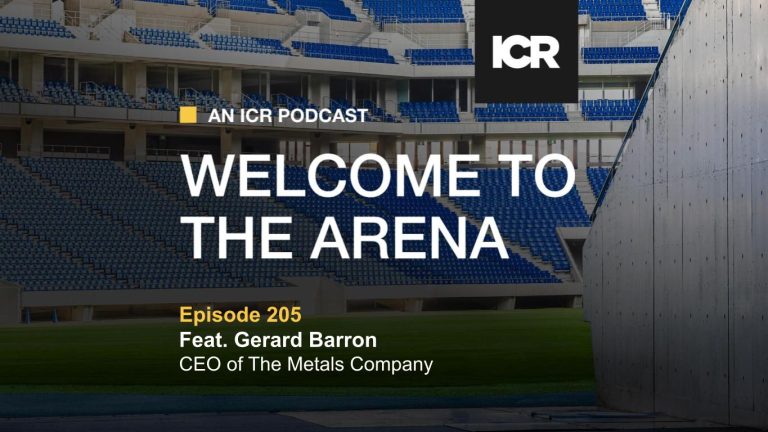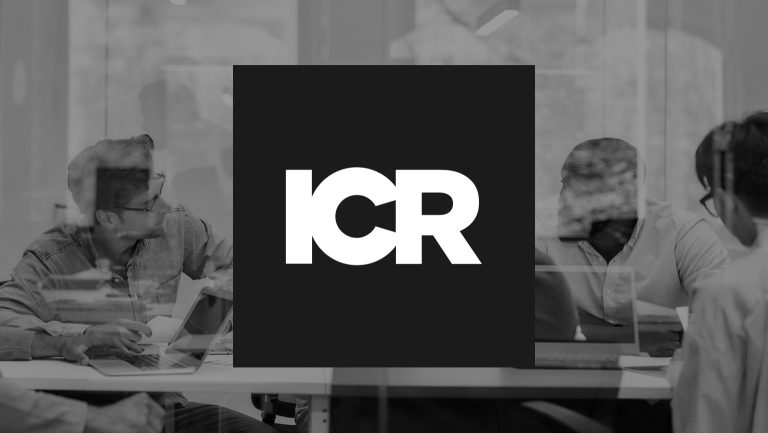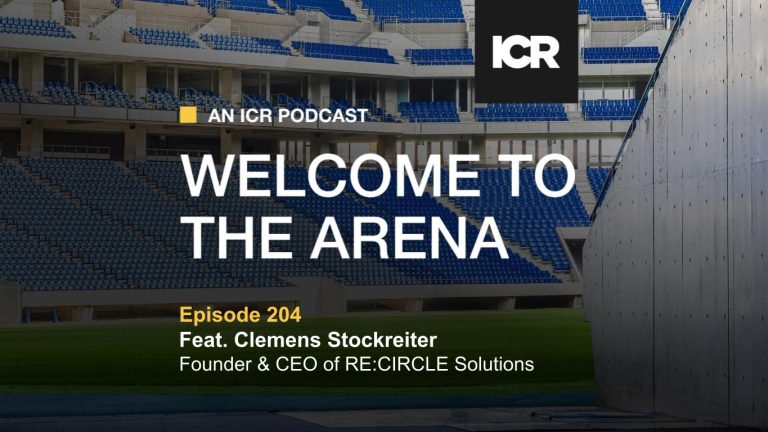The brokerage landscape is undergoing structural shifts that are redefining how investor relations professionals approach access, engagement, and broker alignment. That was the prevailing message at KeyBanc Capital Markets’ 3rd Annual Broker Relations Event, a unique and forward-looking forum hosted on May 14, 2025 in Midtown Manhattan.
Unlike most sell-side events, the KeyBanc session prioritized transparency and collaboration, bringing together senior leaders from research, sales & trading, corporate access, and investor relations for a candid discussion on buy/sell-side dynamics. The firm openly shared internal wallet data, client tiering models, and access trends—an approach still uncommon across Wall Street. While aimed at buy-side broker relations teams, its content is also useful for corporate issuers and IR professionals, offering a valuable window into how one firm is navigating a rapidly consolidating ecosystem while continuing to grow share.
Top-Heavy Wallet Dynamics
Trends discussed at the event pointed to a historic level of wallet concentration across the Street. Several of the largest brokers have now reached their highest share of U.S. equity commissions in more than a decade, reflecting an intensified consolidation of flow among a small group of scale players. This shift is being driven largely by structural changes in the buy-side: platform hedge funds and quantitative managers—now among the most commission-heavy and influential allocators—are increasingly routing trades through the largest global dealers, often bundling execution, research, and financing relationships.
“The concentration is staggering,” one KeyBanc executive noted, “and it goes hand-in-hand with the increasing dominance of large platform hedge funds—who not only trade with the bulge but finance through them, too.”
For corporate issuers, the implication is clear: access strategies need to reflect where liquidity and influence are consolidating. But the story doesn’t end at the top.
The Squeeze in the Middle
While the bulge bracket firms are consolidating power, the downstream impact is increasingly visible among the mid-tier brokers—those caught between scale and specialization.
While the largest firms have continued to expand their dominance, the competitive pressure is most acute in the middle tier of the brokerage ecosystem. Many firms just outside the top 10 have seen a pullback in share, squeezed between bulge-bracket incumbents with scale advantages and nimble specialists gaining traction in targeted segments.
“This is a middle-market squeeze,” said one speaker, citing factors such as product set limitations, swap financing capabilities, and global reach. The message for issuers: the broker ecosystem is evolving, and mid-tier players may need greater alignment and strategic support to maintain relevance.
KeyBanc, notably, has been growing share over the last five years—underscoring that strategic positioning, product evolution, and relationship-building can still drive meaningful gains outside the bulge bracket. The firm’s transparency around performance—coupled with its commitment to hosting data-driven dialogues like this one—highlights its differentiated approach among mid-market brokers.
Liquidity Is the New Currency
A consistent theme throughout the day was the rising importance of liquidity amid elevated market volatility. With the CBOE Volatility Index (VIX) spiking to a trading range between 40 and 60 in April 2025 concurrent with Liberation Day and tariff concerns, trading desks prioritized partners and relationships they trusted and who can deliver size and certainty under stress.
As one attendee framed it: “When April volatility spiked, we weren’t calling broker #25. We needed execution we could count on.” These liquidity moments, speakers argued, should be evaluated as value-added access—particularly during mid-year broker assessments.
Rethinking the Access Value Equation
As access becomes more competitive, value is increasingly measured not in meeting volume but in differentiation. About 25% of KeyBanc’s corporate access meetings are now virtual—a format that has stabilized post-COVID—while most in-person events emphasize smaller group settings and high senior executive participation. C-suite involvement at KeyBanc events remains above 80%, a figure few peers match consistently. The firm also reports that roughly 75% of its corporate access meetings are three-on-one or smaller, emphasizing quality of interaction over volume.
Beyond logistics, KeyBanc offers a structured client tiering system with measurable criteria—a level of clarity many issuers and IR teams say they lack with other brokers. By surfacing that model during the event, the firm invited a more productive dialogue on how to grow mutual value.
For corporate IR professionals, the question becomes: do you understand how each broker distributes access and ranks accounts? While affinity for a covering or supportive analyst carries weight, it’s often the broker’s platform strength and client-tiering approach that determine whether you reach your highest-priority investors.
To optimize investor engagement, IR teams may need to allocate “chits” to non-covering firms or analysts without a buy rating—because access, not just sentiment, is what moves the relationship forward.
What This Means for IR Teams
While the event was positioned for buy-side broker relations professionals, the implications for corporate issuers are significant. As the commission wallet becomes more concentrated and access more competitive, IR professionals should be thinking strategically about where, how, and with whom they engage. Some clear takeaways:
- Audit Your Broker Relationships. Understand how each of your brokers tiers accounts and allocates access. Ask: Are we on the radar of the clients we’re trying to reach or are the investors we are trying to reach lower tiered?
- Don’t Overweight Analyst Sentiment. A “Buy” rating isn’t everything. The right partner may be a non-covering broker with strong client access and trading desk pull. Or, a more “cautious” analyst who you feel would benefit from hearing the story pitched several times on repeat during an non-deal roadshow or similar marketing event to help appreciate nuances to your corporate story.
- Invest in Mid-Tier Partnerships. While bulge firms dominate wallet share, the event highlighted how smaller and mid-tier brokers can offer better ratios of time, touch points, and executive engagement—they often have strong regional relationships not nurtured by the bulge brackets, giving you access to investors you do not meet in the conference circuit.
- Go Beyond Volume—Prioritize Differentiation. Access quality matters more than meeting count. Small group formats, senior management presence, and sector specialization are increasingly what investors value most—and what your partners should deliver.
As the brokerage landscape continues to evolve, investor engagement is becoming more complex—and strategic broker alignment to maximize outreach is no longer optional, it’s essential. At ICR, we help IR teams navigate this shifting terrain through data-driven strategies, longstanding relationships with corporate access desks, and insight-driven access optimization that delivers results. Contact us to learn how we can support your investor access efforts.



